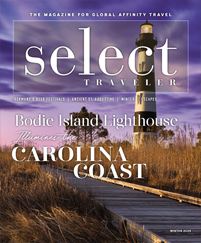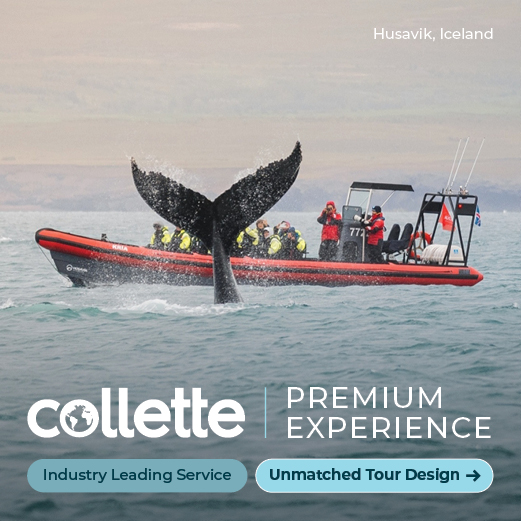New York City
The National September 11 Memorial, or 9/11 Memorial, opened September 11, 2011 — the 10th anniversary of the attacks — to the victims’ families and the following day to the public. The memorial features two sunken reflecting pools on the footprints of the fallen World Trade Towers, and waterfalls on each side pour into the square pools below. The names of the 2,983 people who died in the September 11, 2001, and the February 26, 1993, World Trade Center attacks are listed on the memorial and often bear lovingly placed flowers or carefully written notes.
The National September 11 Memorial Museum opened in May 2014, and it has attracted 6.3 million visitors in the past two years. The complex covers eight acres of the World Trade Center’s original 16-acre site.
The museum documents and preserves the events and aftermath of 9/11, telling the story of that day’s horrific events through 110,000 square feet of exhibition space. One of the most touching moments occurs on the bedrock level of the museum where remnants of the center’s foundation have been preserved and visitors can see the exposed steel columns and concrete footings that supported the Twin Towers.
www.911memorial.org
Honolulu
The Japanese attacked Pearl Harbor on December 7, 1941, killing 2,335 members of the military — 1,177 of whom were sailors and Marines onboard the USS Arizona, which was bombed about 15 minutes into the air assault.
The USS Arizona Memorial is a simple white structure built on top of but not touching the sunken battleship and is accessible only by boat. Guests start at the Pearl Harbor Visitor Center to get their free tickets to the memorial; groups can make advance reservations. The program begins with a 23-minute documentary in one of the center’s two theaters, each of which holds about 150 people; then the U.S. Navy takes the group by boat to the memorial. There, they can see the ship below and spend time in the Shrine Room, where a wall bears the names of the Arizona’s dead and a smaller wall carries the names of survivors who requested their remains be brought back to the Arizona so they could rejoin their shipmates.
Visitors may also notice the oil still leaking from the ship, which many call the “black tears.” A mythology has been built up around the seepage that says when the last of the ship’s 335 survivors die, “the tears will stop,” said Rebecca Schwab, visual information specialist.
Back on shore at the Pearl Harbor Visitor Center, guests can also visit the Remembrance Circle and see the Arizona’s anchor and bell. The World War II Valor in the Pacific Monument, which operates the USS Arizona Memorial, also operates other attractions at the center, including the Battleship Missouri Memorial.
Gettysburg National Military Park
Gettysburg, Pennsylvania
Although the historic site of the July 1863 Battle of Gettysburg is a National Military Park, the entire area exists as a memorial to the soldiers who died on the field and are buried there in Soldiers’ National Cemetery.
Visitors could spend days exploring the park, including its 1,300 monuments, memorials and markers, but a 24-mile self-guiding auto tour includes 16 stops, starting at McPherson Ridge, where the battle began, and ending at the National Cemetery, where President Abraham Lincoln delivered his famous Gettysburg Address during the cemetery’s dedication in November 1863.
The cemetery is one of the most meaningful stops for visitors, said spokeswoman Katie Lawhon. More than 3,500 Civil War soldiers are buried there — another 3,300 veterans up through the Vietnam War were later buried there as well — in a semicircle surrounding the central Soldiers’ National Monument.
“When I talk to people about what they should see and do, I always tell them they really need to spend a little time, preferably at the end of their visit, in the National Cemetery,” Lawhon said.
The best place to start is at the Visitor Center and Museum, which exhibits artifacts of the battle and tells the stories of soldiers who fought in it and officers who led it. Guests can explore interactive exhibits and multimedia presentations and watch a film about the conflict narrated by Morgan Freeman. A must-see at the center is the 1884 “Battle of Gettysburg” cyclorama painting, a 360-degree, 3-D oil painting intended to make visitors feel like they’re standing in the middle of the battle. In 2008, the painting’s three-dimensional diorama and other elements were restored, and a sound and light program was added.
Groups can take a bus tour of the park, reserve a licensed battlefield guide who can customize the experience, or hire outfitters to explore by Segway, bicycle and horseback. Gettysbike Tours operates out of the visitor center, and although horseback tours must stay on specific trails, they’re “really special because the officers there were all viewing it on horseback,” Lawhon said.









